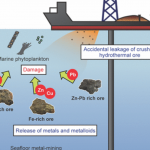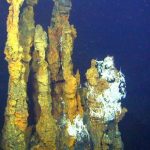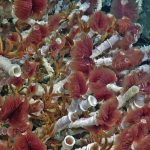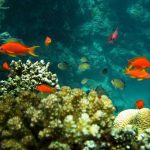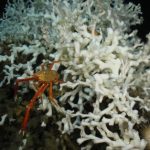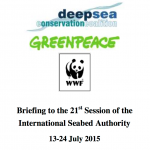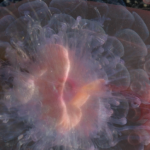Source: ACS Publications
Authors: Shigeshi Fuchida, Akiko Yokoyama, Rina Fukuchi, Jun-ichiro Ishibashi, Shinsuke Kawagucci, Masanobu Kawachi, and Hiroshi Koshikawa
Abstract: Seafloor massive sulfide deposits have attracted much interest as mineral resources. Therefore, the potential environmental impacts of full-scale mining should be considered. In this study, we focused on metal and metalloid contamination that could be triggered by accidental leakage and dispersion of hydrothermal ore particulates from mining vessels into surface seawater.

